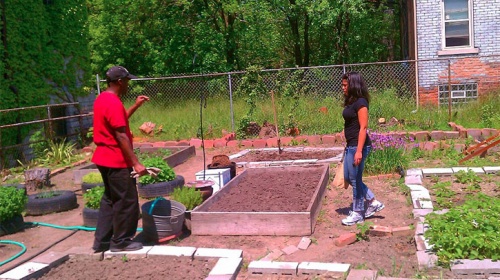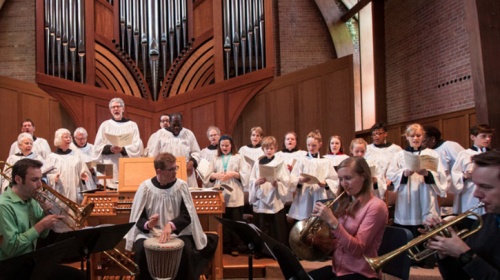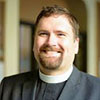Mapping Assets: Power for Growing Our Future Together

The Episcopal Asset Map is an online resource that highlights the diverse gifts, or assets, of The Episcopal Church. In this blog, The Rev. Canon Jason D. Lewis provides assistance with identifying congregational assets. This is useful when updating your Asset Map profile and makes your congregation altogether stronger.
There is power in beginning with the basic assumption that every congregation has gifts – strengths or assets. We are all gifted by God, no exceptions. As we intentionally aim our questions with the sharp focus of looking for these gifts, we start to access renewing energy for developing a congregation’s future. There is power in recognizing, naming and listing these assets. Obviously, the process doesn’t stop there; more needs to be done. But the fundamental act of mapping assets itself provides renewed motivation and vision for creating desired change.
Asset mapping is about asking intentional questions. As such, it is a powerful tool for raising a congregation’s awareness about its identity and vocation.

There are three thoughts that should ground the process: (1) the questions we ask of a congregation influences that congregation, (2) the focus of our inquiry affects behavior and (3) every congregation is laden with gifts and people acting on those gifts in clusters of caring action. As we ask a congregation what gifts are present within their community, they discover anew key elements of their shared life – who they are, what strengths they possess and how they are resourced to grow into the future they desire for their life and ministry.
As one of the Diocesan Map Administrators for Kentucky, I have had the pleasure of seeing this transformation in process through my work with congregations. The Episcopal Asset Map is a low-level way for congregations to begin a process of recognizing the gifts through their ministries, worship, and history. The full process of Asset Mapping can be overwhelming, but by starting with the map, you can begin to warm up the community for a longer process and deeper engagement.
A creative energy is engaged as we enter into the first steps of gathering a congregation in small groups and naming their assets. From these conversations (and the resulting mapping), development from the inside-out can begin. The process of asset mapping is about learning to see, name, lift up and resource what people care enough to act upon.

Categories of Inquiry
Before attempting to give voice to a congregation’s gifts, it is good to prime the pump by learning some basic lenses and language for naming these assets. Luther Snow, in his very helpful book, The Power of Asset Mapping: How Your Congregation Can Act on Its Gifts, (Rowman and Littlefield, 2004) gives a useful summary of John Kretzman’s and John McKnight’s categories of inquiry for asset mapping:
Individual Assets
■ What are 1-2 things you can do with your hands?
■ What is something no one in the church knows you care about?
■ Do you see gifts in others in your congregation? What are they good at, passionate about?
Physical Assets
■ What are 2-3 gifts/uses of the building/property of your congregation?
■ What are other assets of your buildings/property that you’d not thought of at first?
Association Assets
■ What groups of people do you connect with in your community? They can be with those inside your congregation or with those outside your congregation (ministries, groups of concern, interest/hobby groups)
Institutional Assets
■ What institutions are there within the community in which your congregation is located that have something in common with your congregation?
■ Near your location, are there schools, libraries, community centers, ministry agencies/centers, etc. ?
Economic Assets
■ What does your congregation spend money on?
Beginning with this line of inquiry empowers a congregation to see itself as resourced and capable of moving into a hope-filled unfolding ministry. Every member of the congregation is an expert on why they connect to that particular congregation and what gifts within that congregation draw them to participate. There is something present within the congregation that is found to be life-giving and that is cared enough about to act upon for engagement and involvement. We access the power to grow into a desired future by providing the space and opportunity for a congregation to realize its own expertise and resources. Asset mapping – it’s a powerful tool to grow what we want to see more of in our congregation’s life.
For more resources visit Calledtotransformation.org and episcopalassetmap.org.

The Rev. Canon Jason D. Lewis is the Canon for Congregational Vitality in the Diocese of Kentucky.
Images: Top:Calvary Episcopal Church, Rochester, MN; Middle 1: Church of the Messiah, Detroit, MI; Middle 2: St. Paul & the Redeemer Church, Chicago, IL.


